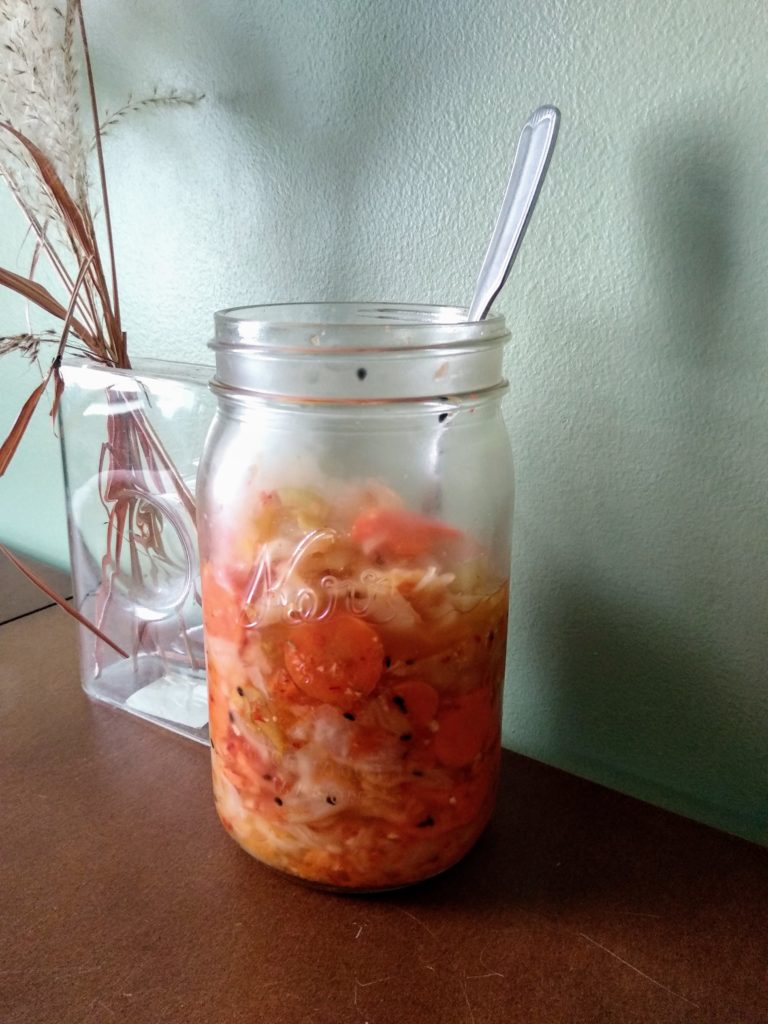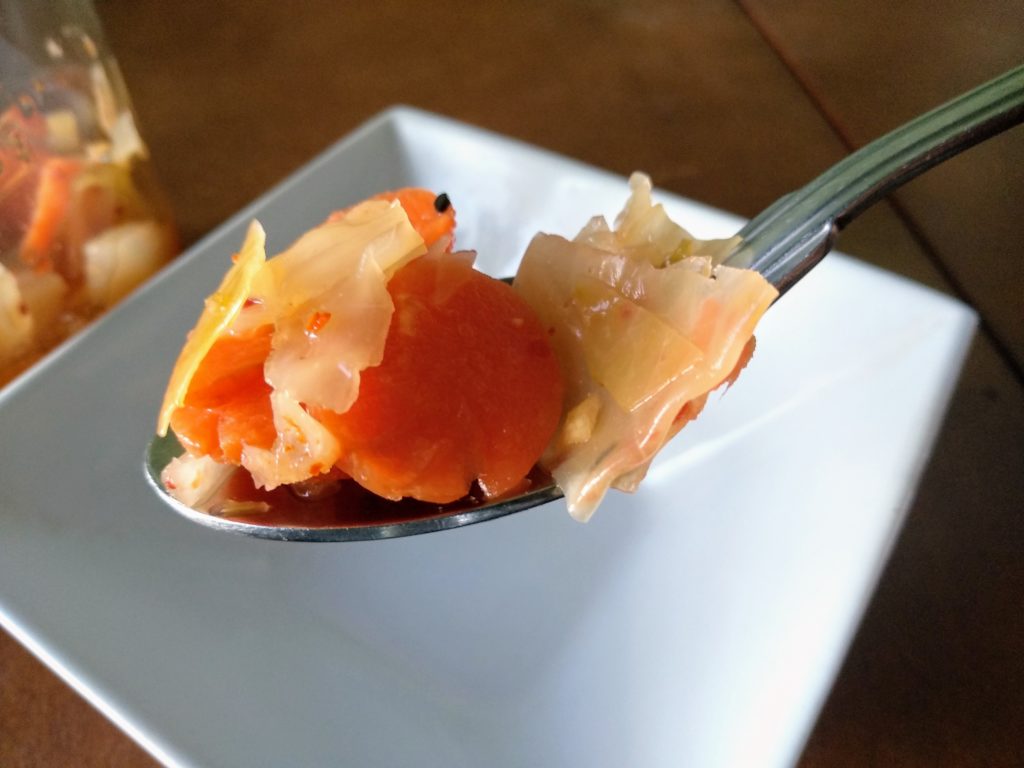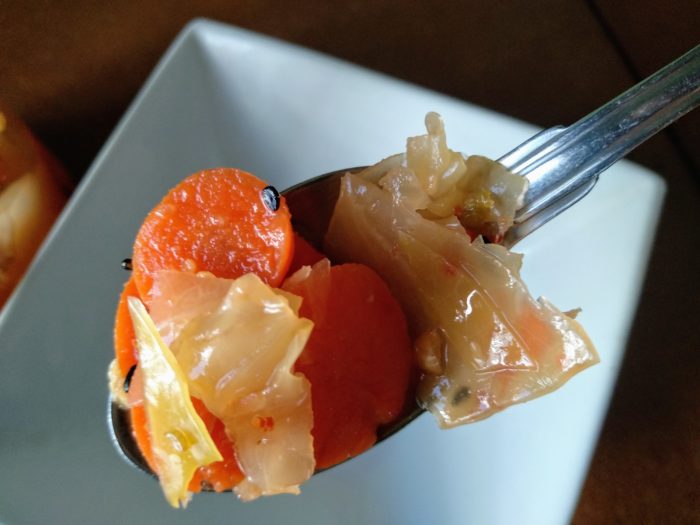When the proverbial poop hits the propeller, people will inevitably attend to their base needs—the foundational items that make up the base of Maslow’s pyramid. These needs include shelter, water, air, and food. You’ve probably seen post-apocalypse movies in which all the larders are empty, the grocery stores are looted, and farmers are protecting their crops with oversized shotguns from hordes of ravenous people. These images pop up because they’re effective—people can easily imagine the desperation that accompanies a lack of food.
When mapping out my apocalypse survival research for the book I’m writing, I found an abundance of food-related posts. These posts spanned the gamut, including topics like foraging for mushrooms, setting snares and other animal traps, seed saving, and marksmanship. Last month, my survival research topic focused on (re)learning how to fillet a fish, which clearly has to do with food.
Food is comfort. Food means harmony, joy, celebration. It’s something that brings us together. It’s fuels us, gives us hope.
Today, most of us barely give food a second thought. We select it from a shelf or a refrigerated case, we plop it into a cart, we pay for it at the register. In the summer, we may plant a bed of strawberries or a few tomato plants for fun. It’s playing at survival, rather than having to face it.

Let’s say you’re smack dab in the middle of an apocalyptic scenario and you do manage to acquire or grow your own food. How do you preserve it? How do you keep your cabbages from wilting or your green beans from going soft? Today, we would just toss those items in the freezer (perhaps after blanching them) and call it good. In the dystopian world of tomorrow, that may not be an option.
So, what are your options? You could pack some foods (root veggies, in particular) in dirt and keep them in a cool environment (like the root cellar my parents used to share with our neighbors). You could salt and dry your meats. You could pickle or can your fruits and veggies (if you had access to the appropriate equipment). Or, you could try fermentation.
Fermentation is an excellent way to preserve fruits and vegetables because it…
A) doesn’t compromise the nutrients of the produce like canning does (boiling the sh$% out of things).
B) you really only need water, salt, a container, and some kind of produce
C) it is incredibly safe and there’s no need to tightly seal your container (like with canning).
I’m no fermentation expert but, in addition to reading about it a bit, I took a highly informative class through the Seward Co-op, held by Picklewitch. For those in the Minneapolis area, I definitely recommend this class. Our instructor, Low, was patient, thorough, and clearly understood what they were doing. They run their own fermentation company and have experience fermenting almost any fruit or vegetable you can think of—kale, carrots, peaches, apples, green beans, etc. (Plus, their mission is worthy of supporting).

Before our brief dive into fermentation, let me clarify the difference between canning, pickling, and fermentation (this is a distinction I only recently learned. Also, there IS some overlap between the three):
Canning: Processing fruits or vegetables and then sealing the fresh foods in airtight containers. “Processing” is a method of cooking the food before sealing it in glass jars.
Pickling: Preserving a food in a brine or an acid, like vinegar. This is often a subset of canning.
Fermentation: Preserving and transforming foods through bacteria, typically lactic acid bacteria. The bacteria converts sugars into other substances, like acids, CO2, and alcohol, which act to preserve the food and add flavor. NO cooking of the food is involved. Unlike pickling, no vinegar is used.
Those are the differences, as I perceive them. There are a lot of subtle differences and cross-over, but I’m not going to get into that here. Okay. Let’s dive into fermentation…
Several different fermentation methods exist, but this is the one I learned from Picklewitch:
- Select your produce and chop it so it’s roughly the same size (for even fermentation). We used cabbage, carrots, and green onion—a classic combination.
- Sprinkle salt on your produce (for 1 cabbage, 2 carrots, and a bunch of green onions, we used about 3-4 Tbsp) and massage it in (be gentle with squishier fruits and veg). This breaks down the outer cells walls of your produce and stimulates osmosis (the movement of water from a low solute environment to a high solute one). The veggies should start to “sweat.”
- Taste your veggies and adjust if needed (by either adding more salt or, if too salty, running some water through the mixture). They should taste a tad salty, but not offensively so.
- Add your spices. We used ginger, garlic, gochugaru, and black sesame seed.
- Pack your vegetables tightly into a clean jar.
- Cover with a brine (purified water + salt). Make sure the produce is completely covered.
- Press your vegetables down with some kind of weight. We used an empty pint glass that sat in the mouth of the jar.
- Cover the jar with a clean cloth to prevent particulates from drifting in.
- Put a plate under the jar. The produce will continue expelling water and it may creep up over the sides. No need to refrigerate. Warm environments will speed up the fermentation.
- Let it sit! Taste the produce every day. About three days in, the taste should shift from salty to tangy—that’s how you know fermentation is in progress.
A few notes:
- One of the primary forms of bacteria that causes fermentation is called lactobacillus. It is a common strain of bacteria, and perfectly harmless. Lactobacillus is also incredibly resilient and can survive in adverse conditions that most harmful bacteria cannot (in this case, a highly acidic environment)
- If mold or yeast forms at the top of your liquid, simply skim it off. It isn’t harmful.
- After fermentation, put your jar in a cool place
- Fermented foods typically last three months or longer
When the farmers markets reopen this coming summer, I can’t wait to load up on fruits and veggies and experiment with fermentation. I love how simple this process is, and how fermentation actually aids in the digestive process (more on that HERE). It’s not just a survival tool; it’s a fun way to preserve and alter the flavor profile of everyday produce.
Stay funky!
Author: KateBitters
Kate Bitters is a Minneapolis-based author and freelance writer. She is the author of Elmer Left, Ten Thousand Lines, and He Found Me. One of her proudest/nerdiest moments was when Neil Gaiman read one of her short stories on stage at the Fitzgerald Theater.
